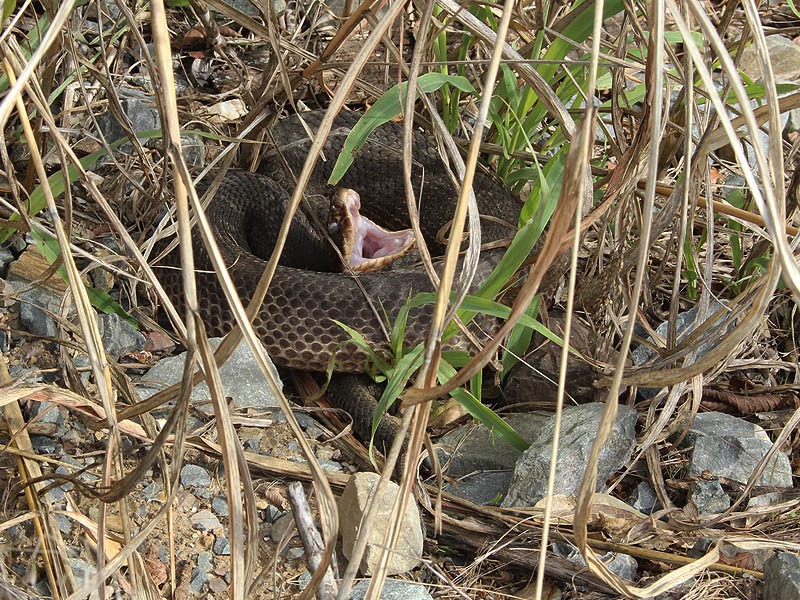
I mentioned the story of how I encountered this angry Cottonmouth in an earlier post this week. The short version is that as I attempted to move into a better position for photographing a small herd of deer, I ended up inadvertently standing right next to this annoyed pit viper.
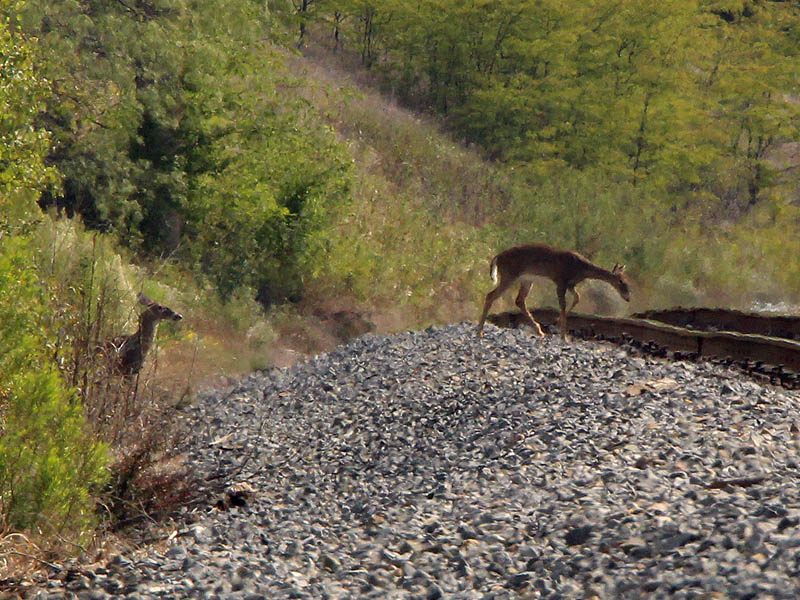
This struck me as an unusual location to find a Water Moccasin. The snake was located at the margins between a gravel covered railroad berm, and a grassy area leading to the nearby woods. There was no standing water in the general vicinity.
This encounter was definitely a serious situation, but in truth it was not as precarious as I first let on. Though I was very close to the snake when I first noticed him, I remained just out side his strike zone the entire time.
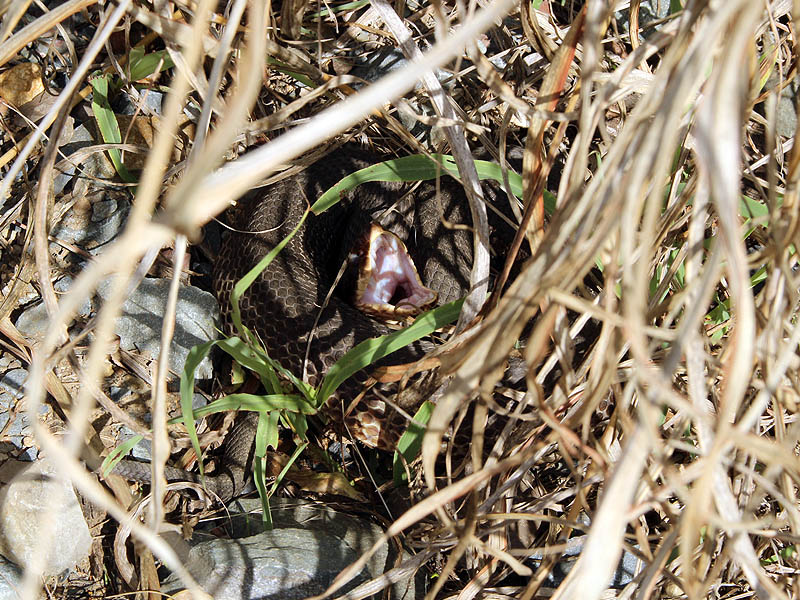
The Cottonmouth was also curled up inside clump of tall grass. The vegetation surrounding the snake would have certainly interfered with any attempt to bite. As you can see from the pictures the grass was thick enough that it was difficult to even find a clear line of sight for picture taking.
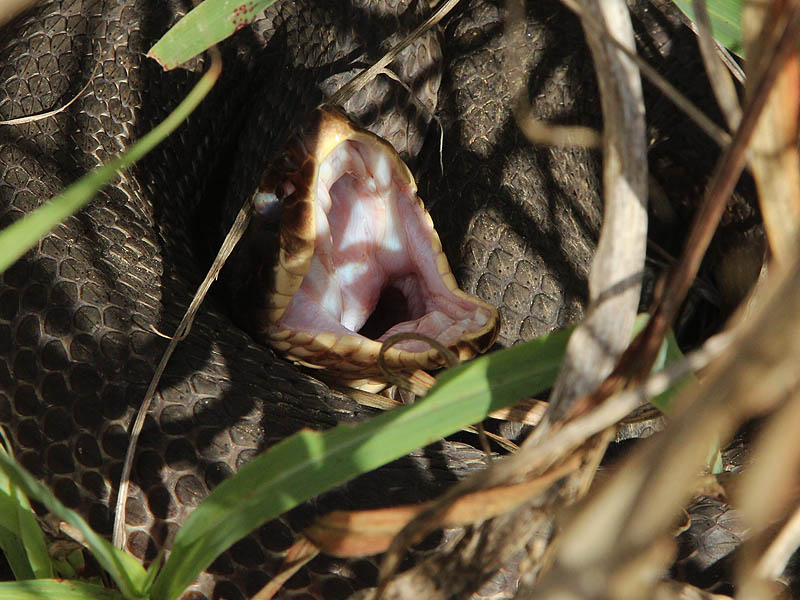
Two more factors helped keep me unbitten on this encounter. One, the snake absolutely gave me fair warning as I approached. A loud hiss altered me to his presence. And he rattled his tail mightily in the dried grass which produced another unmistakable warning sound.
You can see that the Cottonmouth had already assumed the defensive position typical of these snakes. His thick body is tightly coiled, leaving his head exposed.
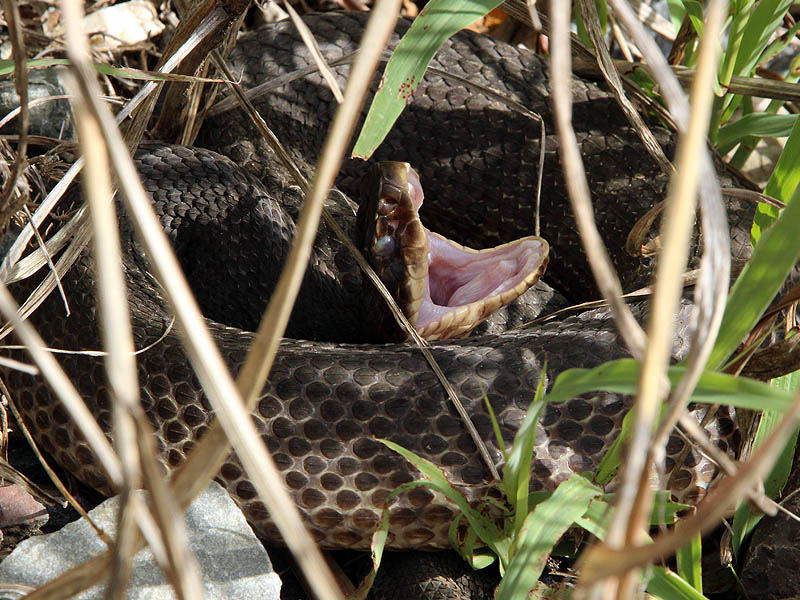
When feeling threatened the viper would open its jaws more fully, exposing its fangs and namesake lightly colored mouth. The stark white color of the snake’s mouth serves as another effective warning to back off.
The Cottonmouth also uses its tail to alert intruders of its presence. The snake shakes the tip of its tail in dried vegetation to create a noticeable rustling sound. You can see in some of these pictures that a good portion of the snake’s tail is left jutting out of the coils for this very purpose.
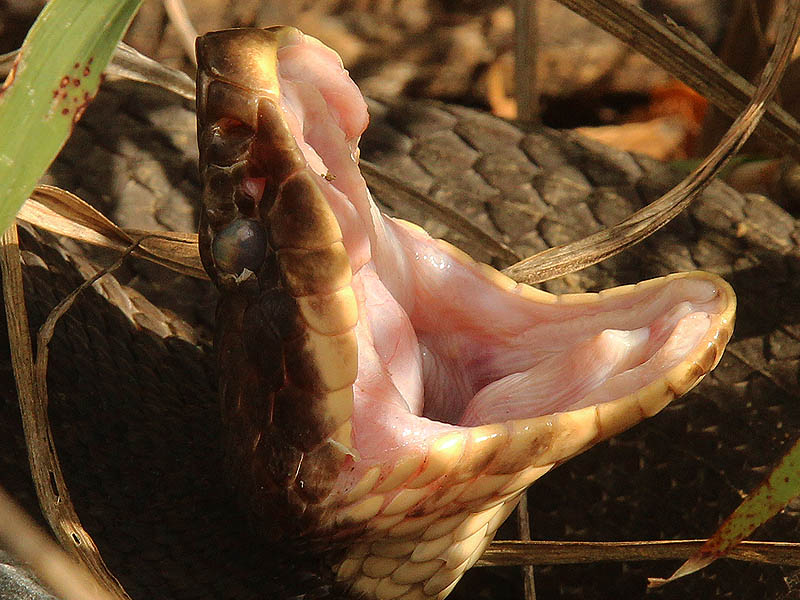
The second factor influencing this snake’s behavior is that he is in a state of premolt. You can see evidence that the Cottonmouth is almost ready to shed it skin in the cloudiness of the skin covering its eyes.
It was clear from my interactions with the snake that he could not see well. He could definitely detect motion, but he was unable to track my position as I moved around him.
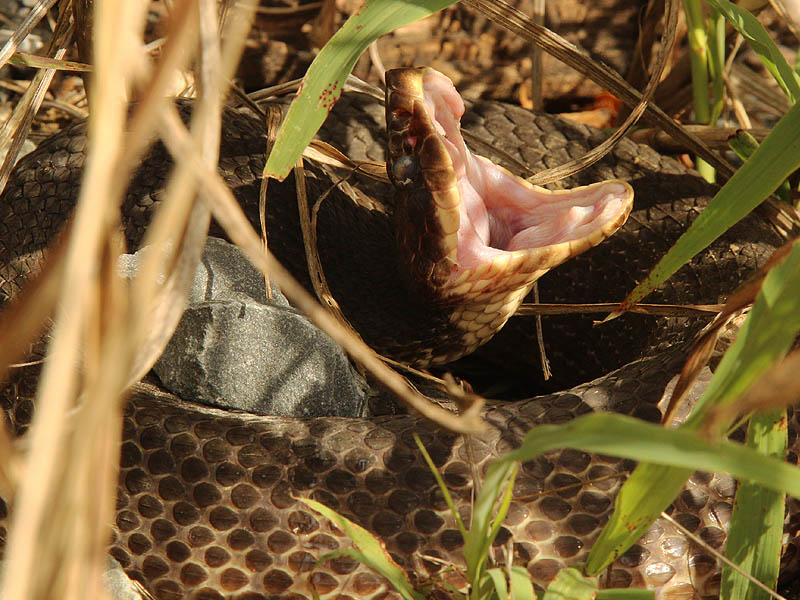


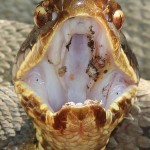
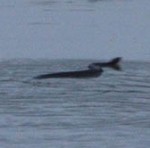
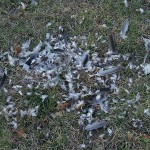
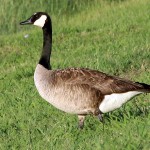
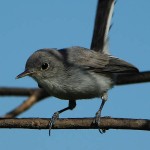
What parts of the lake are you finding cottonmouths and alligators? My backyard walks right into lake and think I saw you on your boat this week in heavy winds but you acted as if it was a calm day.